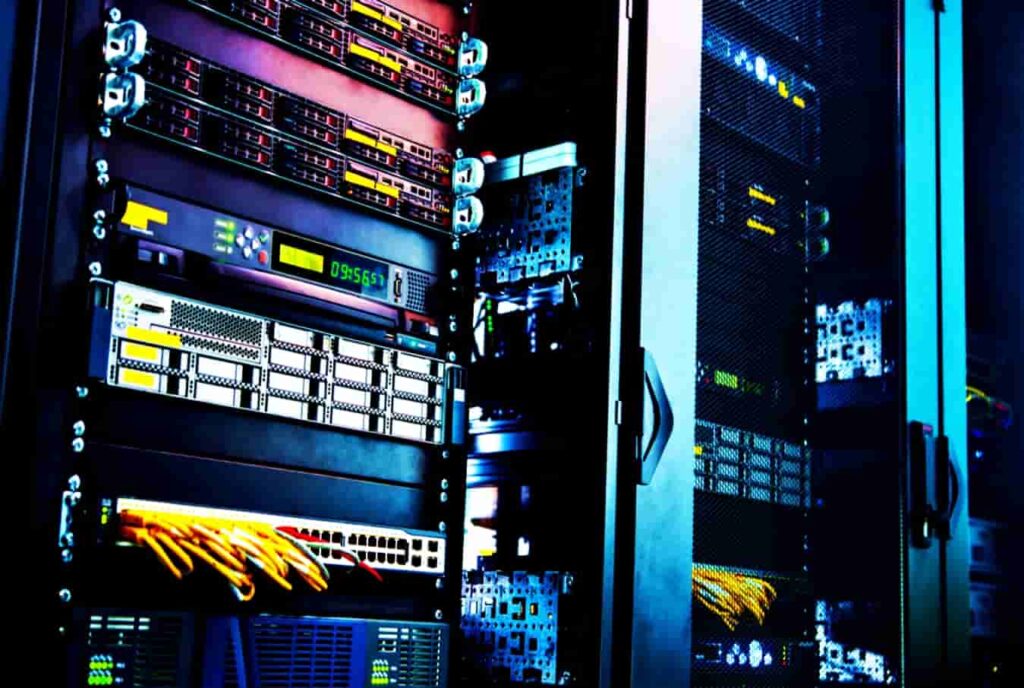Dedicated server management stands as a cornerstone in the realm of digital infrastructure, wielding immense power and responsibility in the modern era of computing. Unraveling its mysteries requires a deep dive into the intricate mechanisms that underpin its operation, exploring the nuances of hardware, software, and the delicate balance between them. At its core, dedicated server management revolves around the orchestration of physical hardware resources to deliver unparalleled performance, reliability, and security. Unlike shared hosting environments, where resources are distributed among multiple users, dedicated servers bestow upon their users complete control and exclusivity over computing resources. This exclusivity empowers businesses and organizations with the freedom to tailor their environments precisely to their needs, fostering environments conducive to innovation, scalability, and robustness. However, the autonomy offered by dedicated servers comes hand in hand with the burden of management. From provisioning and configuration to ongoing maintenance and optimization, the lifecycle of a dedicated server demands meticulous attention to detail and a comprehensive understanding of the underlying infrastructure.

This entails selecting appropriate hardware configurations, installing and configuring operating systems, and implementing robust security measures to safeguard against potential threats. One of the critical components of dedicated server management lies in optimizing resource utilization to maximize performance and efficiency. This involves monitoring key metrics such as CPU utilization, memory consumption, disk I/O, and network traffic to identify bottlenecks and fine-tune configurations accordingly. Through proactive monitoring and performance tuning, administrators can ensure optimal resource allocation, mitigate performance degradation, and preemptively address potential issues before they escalate into critical failures. Security stands as another paramount concern in the realm of dedicated server management, especially in an era plagued by increasingly sophisticated cyber threats. Securing a dedicated server entails implementing multi-layered defense mechanisms, including firewalls, intrusion detection systems, encryption protocols, and regular security audits. Moreover, keeping abreast of emerging threats and security vulnerabilities is paramount, necessitating timely patches, updates, and proactive security measures to fortify the server’s defenses against evolving threats.
Beyond performance and security, scalability emerges as a cornerstone in the paradigm of dedicated server management, especially in dynamic and rapidly evolving environments. As businesses grow and evolve, the demand for computing resources inevitably fluctuates, necessitating the ability to scale infrastructure seamlessly to accommodate changing workloads and demands. Leveraging technologies such as virtualization, containerization, and cloud orchestration, administrators can dynamically allocate and reallocate resources to meet evolving business needs, ensuring optimal performance and agility in the face of changing requirements. Moreover, effective dedicated server price in India management extends beyond the confines of technical proficiency, encompassing robust disaster recovery and business continuity strategies to mitigate the impact of unforeseen events. From data backups and redundancy configurations to failover mechanisms and disaster recovery plans, administrators must devise comprehensive strategies to ensure data integrity, availability, and resilience in the face of disasters, whether natural or fabricated.